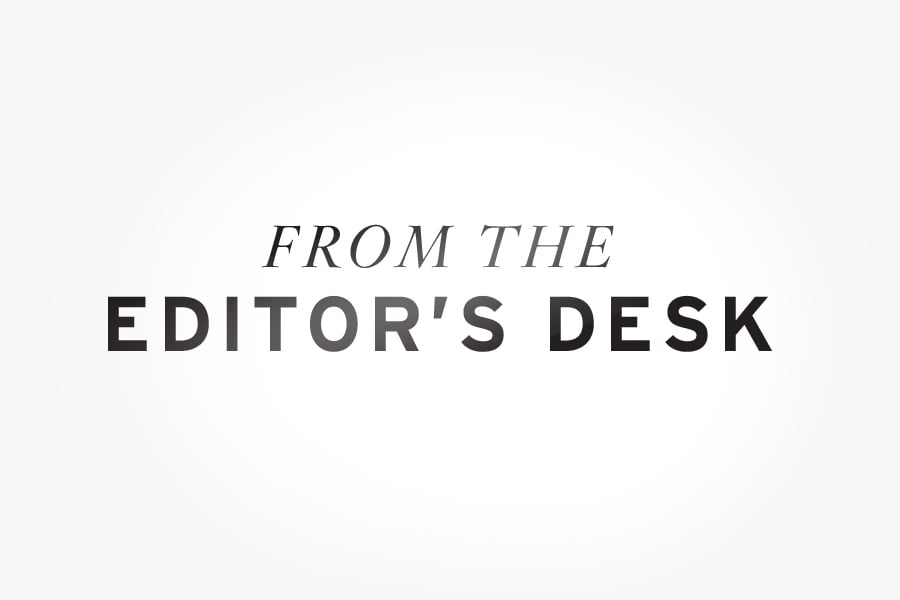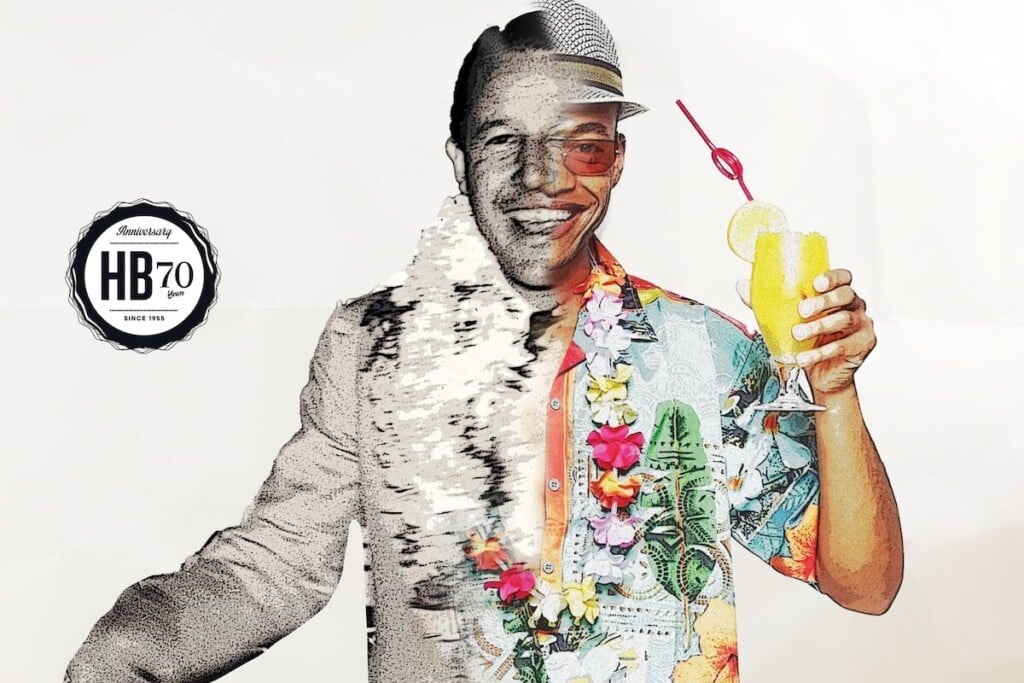Editor’s Note: Rebuilding the Crystal Ball on Economic Forecasts

Think you have a tough job? Try being an economist.
Every November, economists around the world issue their forecasts of the coming year. There is always a huge range of opinions: One American economist may suggest U.S. GDP will rise a robust 4 percent, while another forecasts the country will slide back into recession.
However, if you charted all of the national economic forecasts, you will see a standard bell curve with a cluster of “moderate” predictions in the center, gradually leveling off on either side to ever more extreme forecasts of pessimism and optimism.
If you think you could safely bet each year on the consensus middle, you would go broke in a few years. And if you looked for economists who had made good predictions for the past two or three years, be warned that their accuracy is likely to be no better than most of their colleagues in the future.
The economy is hard to predict. Not only is it complicated, it is constantly changing. One specific explanation of economic behavior or an example of cause and effect that had been true in the past, may no longer be true.
Plus, the data that economists plug into their predicting models is flawed: To give one egregious example, the federal government originally estimated that national GDP declined 3.8 percent in the fourth quarter of 2008. In fact, the decline is now estimated at almost 9 percent. How can you predict the future when you don’t even understand the present?
In Hawaii, there are only four major forecasts each year, so a lot fewer expert opinions on where the local economy is headed. Hawaii Business wanted to know how accurate those predictions have been, so we went back a decade and compared forecasts against actual results. (Our nine-page report begins on page 48.)
The results are not pretty. Occasionally, predictions are right on or very close, but a lot are way off. Few economists anywhere saw the Great Recession coming, and no could have predicted 9/11, SARS or the Japanese tsunami, each of which buffeted Hawaii’s economy.
Should Hawaii’s economists stop making forecasts? No, forecasts are still needed to help government and business leaders plan. However, economists need to be more explicit about the uncertainty that surrounds their forecasts.
There are ways to do this: Instead of reporting a single figure for percentage increase in visitor arrivals, economists might suggest a range of likely increases. So, instead of predicting a 3.5 percent increase in visitor arrivals, suggest a range of 3.0 to 4.0 percent. Then explain what are the odds that arrivals will actually fall in that range: Are the odds 75 percent, 50 percent or worse? One way to calculate those odds would be to simply look at how accurate you have been in the past.
The forecasts would be less certain and less precise, but they would more accurately reflect the uncertain world we live in.






